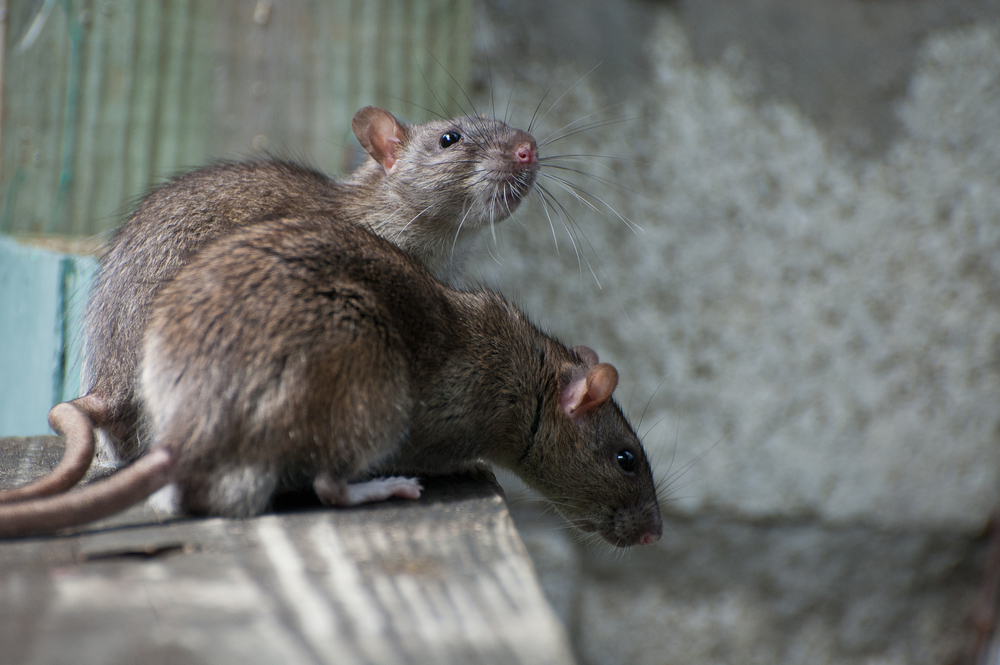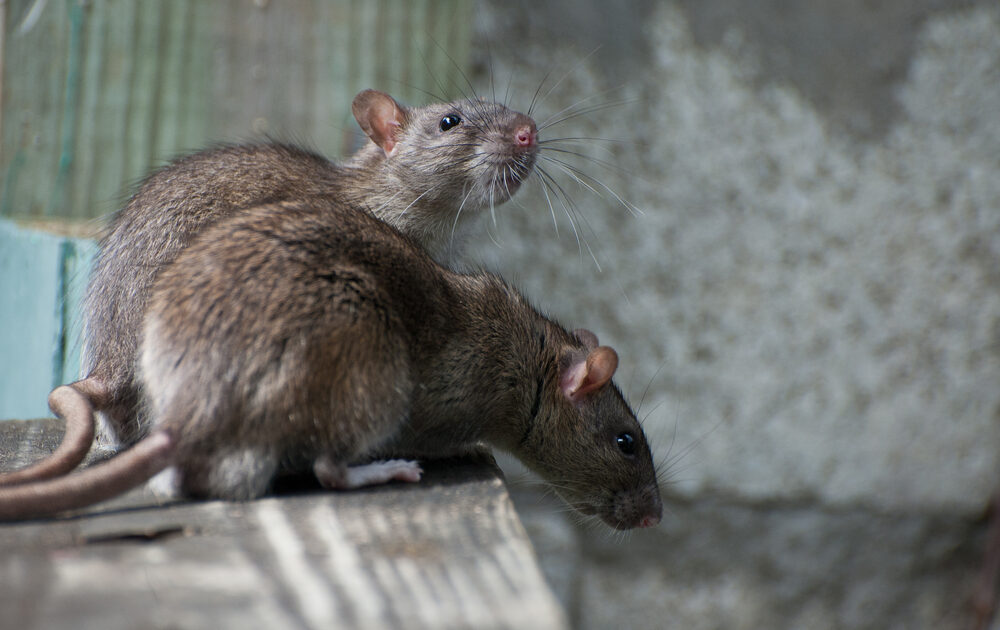Unwanted guests aren’t always easy to spot, especially when they’re small, sneaky, and good at hiding. Unfortunately, rodents like rats and mice can invade your home without you realizing it—until the damage is done. These animals can create serious problems, from food contamination to the destruction of your property. Worse yet, they pose health risks for your family. That’s why learning to recognize the clues they leave behind is the first step to protecting your home.
If you’ve been wondering how to tell if rodents have moved into your home, don’t worry. With careful observation, you can spot the telltale signs of a rodent infestation. At Skedaddle Humane Wildlife Control in John’s Creek, we’ll walk through the most common indicators, starting with some of the smallest and easiest-to-miss hints and ending with the larger red flags. Knowing what to look for can help you act quickly and prevent these creatures from taking over your space.
Tiny Droppings, Big Warning Signs
One of the easiest signs to catch early is the droppings rodents leave behind. These small, dark, rice-shaped bits are often found in places where the animals have been active. Common spots include kitchen cabinets, behind appliances, or even near food containers. Look under the sink or along the edges of rooms where rodents tend to scuttle around.
These little “clues” are more than just gross—they’re also a health hazard. Droppings carry bacteria and germs that can make your family sick, so it’s important to clean them up safely. If you start noticing even a small number of droppings, it’s time to investigate further.
Chewed Surfaces and Holes
Rodents are relentless chewers. They gnaw to keep their teeth short and sharp, and unfortunately, your home often becomes their chew toy. Fresh bite marks on food packaging, furniture, or wires are a sure sign something unwanted is nibbling away.
Be especially cautious if you notice damage to electrical wires, as this increases the risk of a fire. Large bite marks or bigger holes in walls or storage areas could indicate a larger rodent is the culprit, such as a rat. Check wooden surfaces, beams, and even baseboards for signs of wear that don’t seem normal for everyday living.
Night-Time Noises in Hidden Spaces
Rodents are most active when the house is quiet—usually late at night. If you find yourself hearing faint scratching, scurrying, or gnawing coming from the walls or attic, it might not just be your imagination. These noises often come from animals looking for food or building nests inside your home’s hidden spaces.
Focusing on areas like ceilings or crawl spaces can help you pinpoint where they’re moving around. It’s worth noting that if you’re hearing sounds during the day as well, it could mean there’s a large number of them, and action is needed quickly.
Mysterious Greasy Smudges and Track Marks
Rodents are creatures of habit. They tend to follow the same paths over and over, pressing their oily fur along walls or sliding through tight spaces, which leaves dark, smudgy marks. These tracks are often found near baseboards, corners, and potential entry points into the home.
You might also see footprints or tail marks in dusty areas like attics. Keeping an eye on these subtle trails can help you track down where they’re coming in and out, giving you a big advantage in preventing an outbreak from growing worse.
Gaps and Holes Where They Shouldn’t Be
If you’re unsure how these animals are sneaking into your home, it all comes down to how to find mice entry points. They’re extremely skilled at squeezing through small gaps. Openings around windows, doors, or utility pipes may have chew marks, worn edges, or other signs of repeated use.
Check areas where light shines through unexpectedly—this can often indicate a hole that could be letting rodents into your home. The sooner you seal these gaps, the better chance you have of stopping an invasion before it gets out of control.
Unpleasant Smells That Linger
A musky, musty smell that doesn’t seem to go away could be a clue that rodents are nearby. Their nests and waste leave behind strong odors, and in unfortunate cases, the smell could even come from deceased animals trapped in walls or other areas.
Your pets, with their heightened sense of smell, might notice this before you do. If your dog or cat seems to be sniffing insistently in one area or acting oddly, take a closer look.
Shredded Nesting Materials
Rodents are resourceful builders. They use anything they can find—shredded paper, cardboard, fabric scraps, or even insulation—to create cozy nests for breeding and shelter. These nests are often tucked away in out-of-sight spots like attics, under furniture, or inside storage areas.
Take a moment to examine places where your stored belongings are kept. Finding chewed-up materials could point to an animal making itself at home without your permission.
Damage to Your Pantry Supplies
Have you noticed holes in bags of flour or boxes of cereal that you didn’t open yourself? Rodents are notorious for rummaging through our food storage. Spilled food, ripped packages, and gnawed containers are strong hints these animals have been helping themselves to your snacks.
Storing dry goods in sealed, hard plastic or glass containers can help protect your food supply. Meanwhile, inspecting and organizing your pantry regularly can keep you ahead of any potential trouble.
Your Pets Know Before You Do
Have your pets been acting strange? Animals like dogs and cats are much better at detecting movement or sounds coming from hidden areas. If they start pawing at walls, sniffing around cabinets, or fixating on certain parts of your home, they might be alerting you to something you haven’t noticed yet.
Unusual pet behavior can be a big clue. Pay attention to your furry friends—they might lead you straight to the problem.
Outdoor Activity May Signal Indoor Problems
Seeing rodents outside your home—around trash cans, woodpiles, or near overgrown shrubs—can mean trouble is on its way indoors. These animals tend to explore outside before making their way in, especially as the weather turns colder. Taking care to keep outdoor areas clean and tidy can help stop them from becoming interested in your house.
Be extra cautious about areas near your home’s foundation or any gaps where they might be entering from outside.
Act Fast to Protect Your Home
When dealing with the possibility of unwanted creatures in your home, time is of the essence. The earlier you recognize the trouble, the easier it is to deal with before further harm is done. From health risks to property damage, everything gets worse the longer they stay.
At Skedaddle Humane Wildlife Control in John’s Creek, we specialize in helping homeowners remove these animals safely and efficiently. Our team focuses on humane techniques that respect both your home and the animals, using innovative one-way doors to allow them to exit while knowing how to find mice entry points.
If you’ve spotted droppings, grease marks, chewed surfaces, or even noticed your pet acting oddly, it’s time to take action. Contact us today to schedule an inspection. We’re here to ensure your home stays wildlife-free and secure for good!




